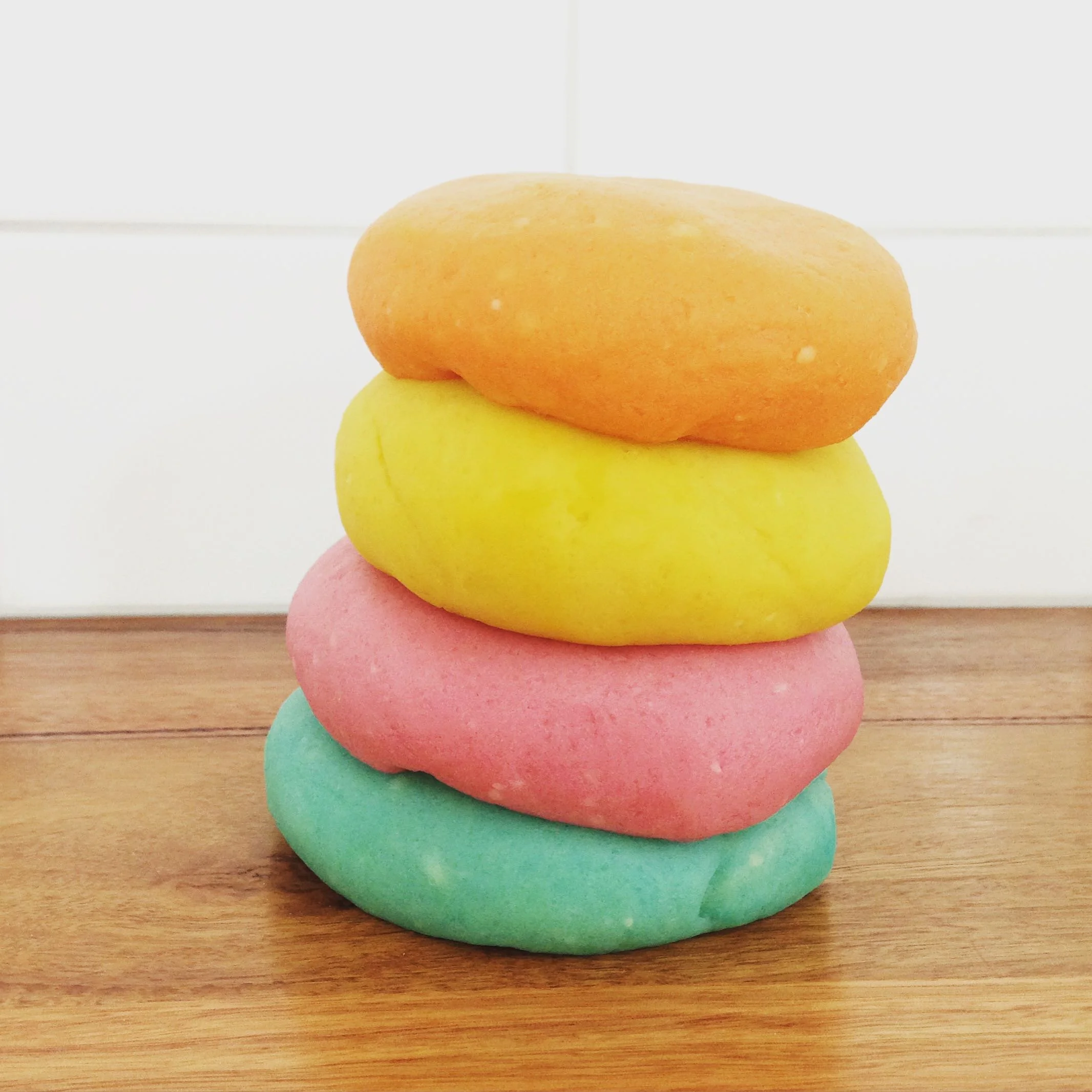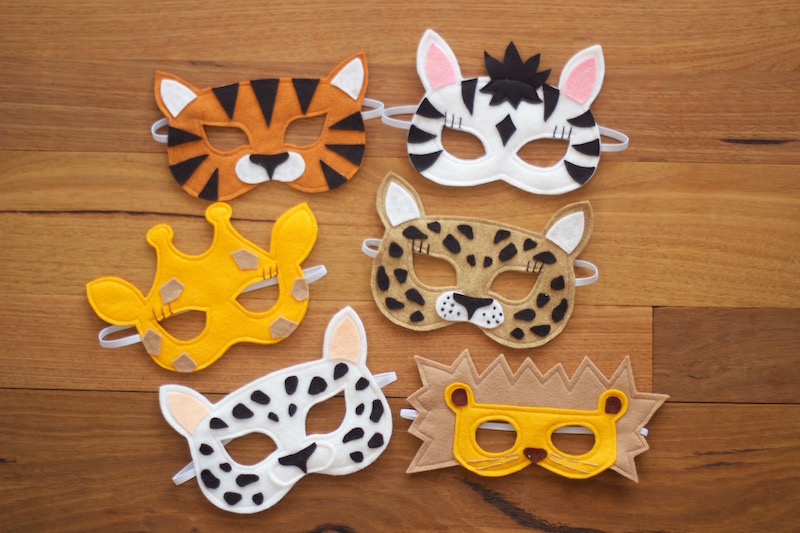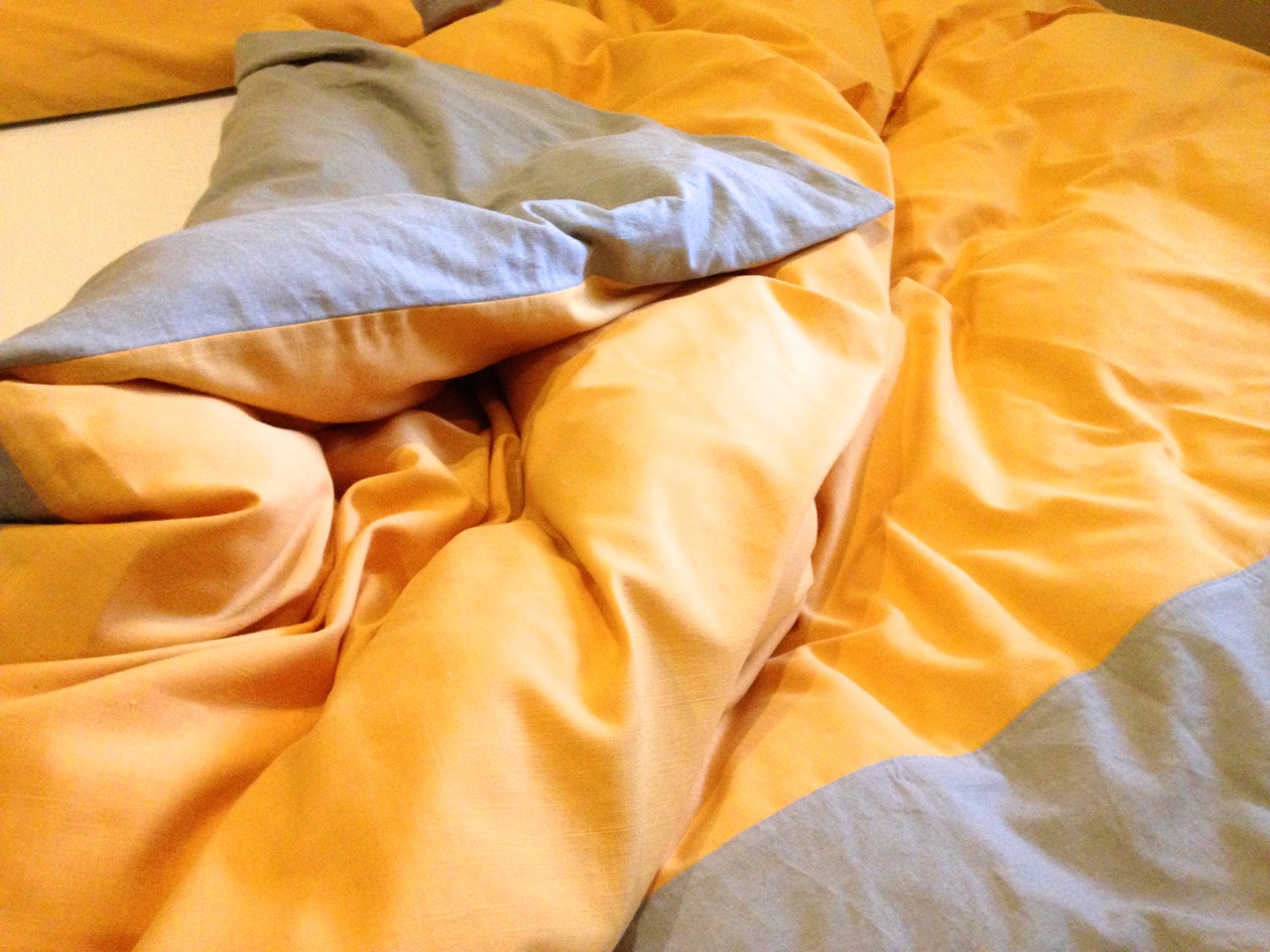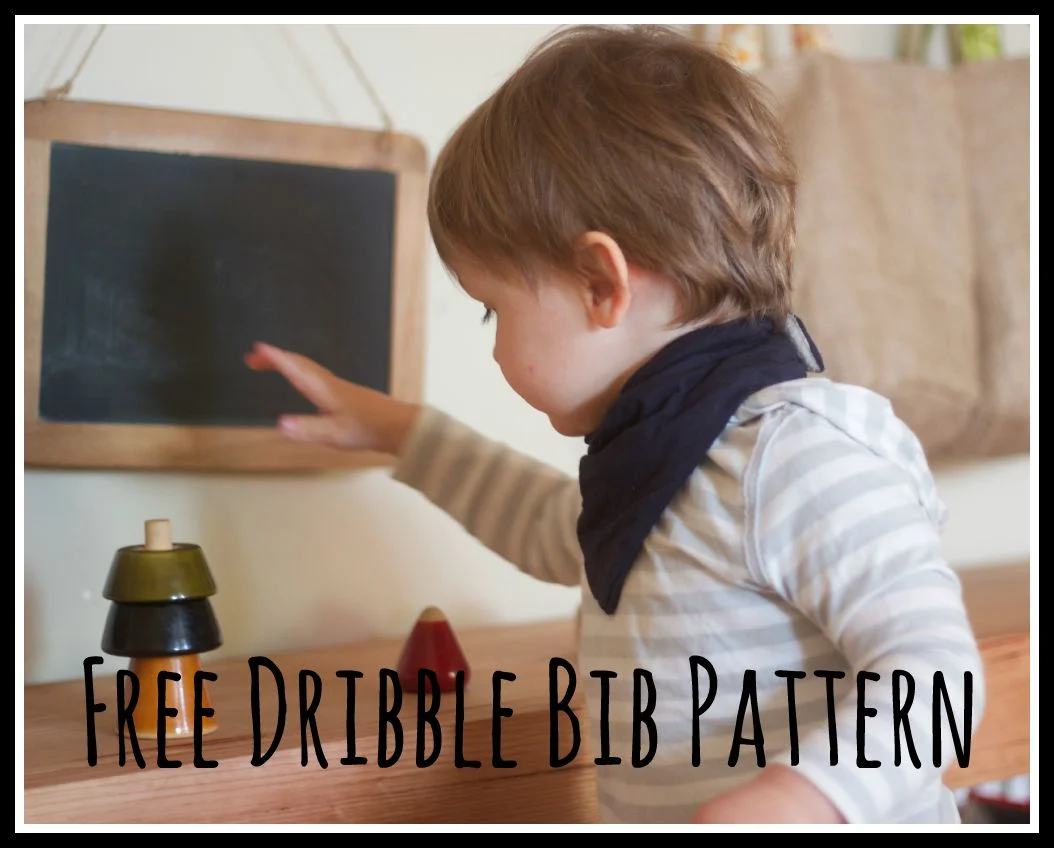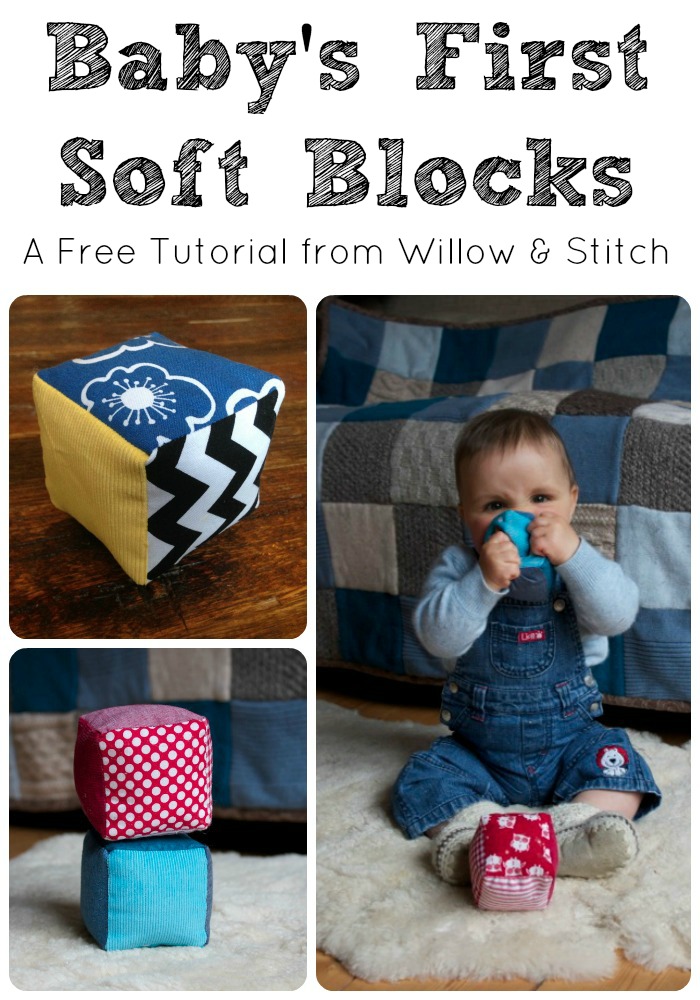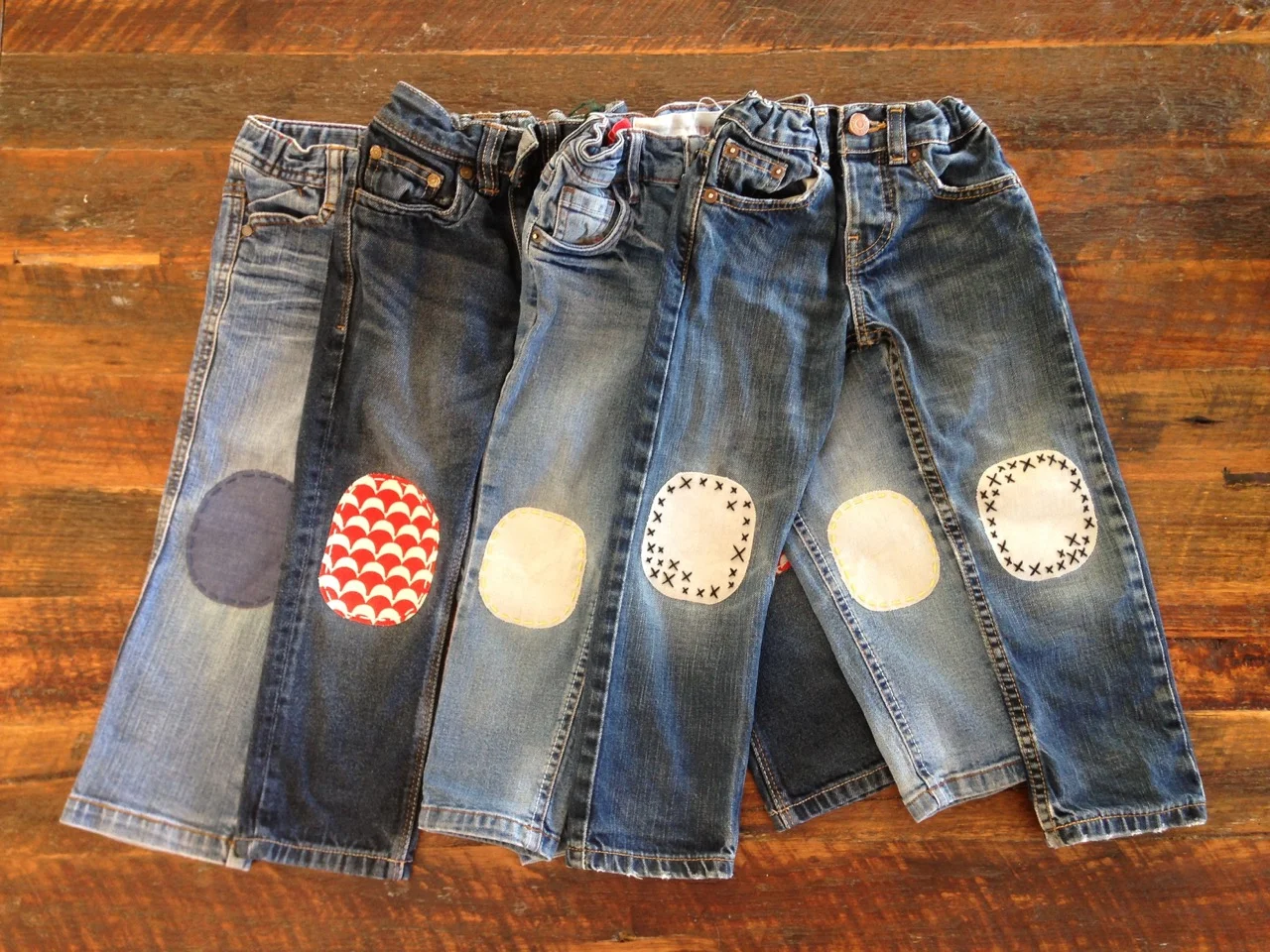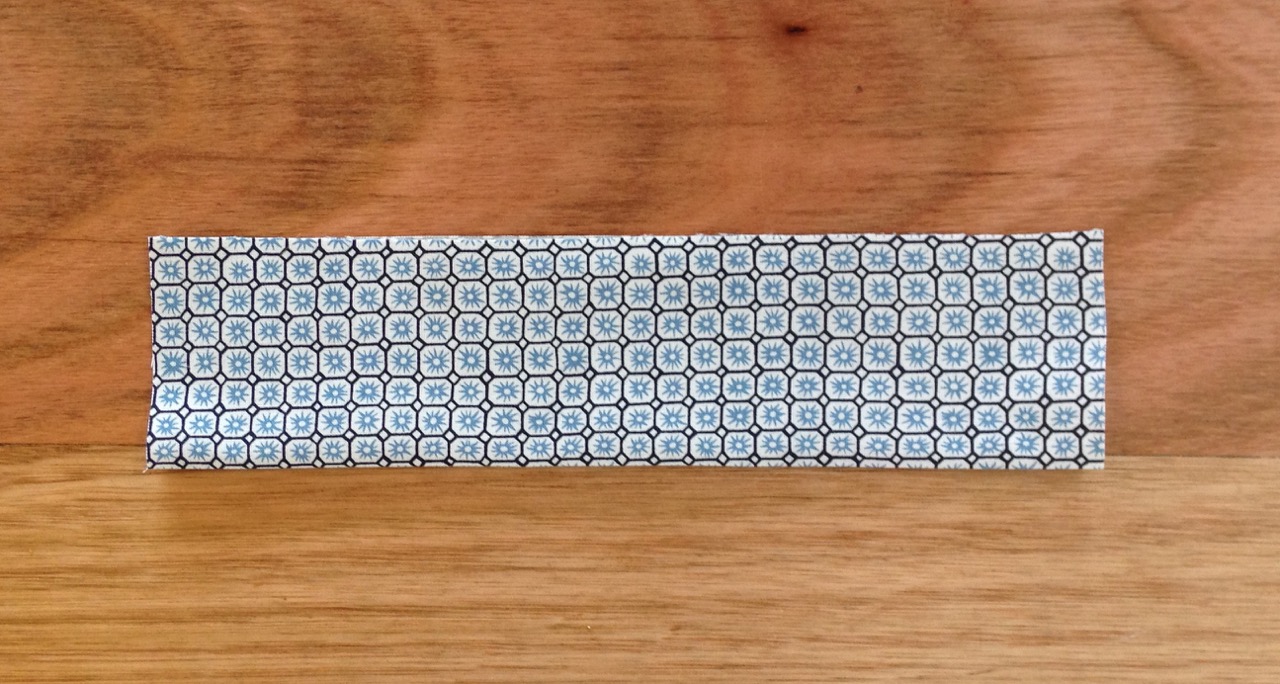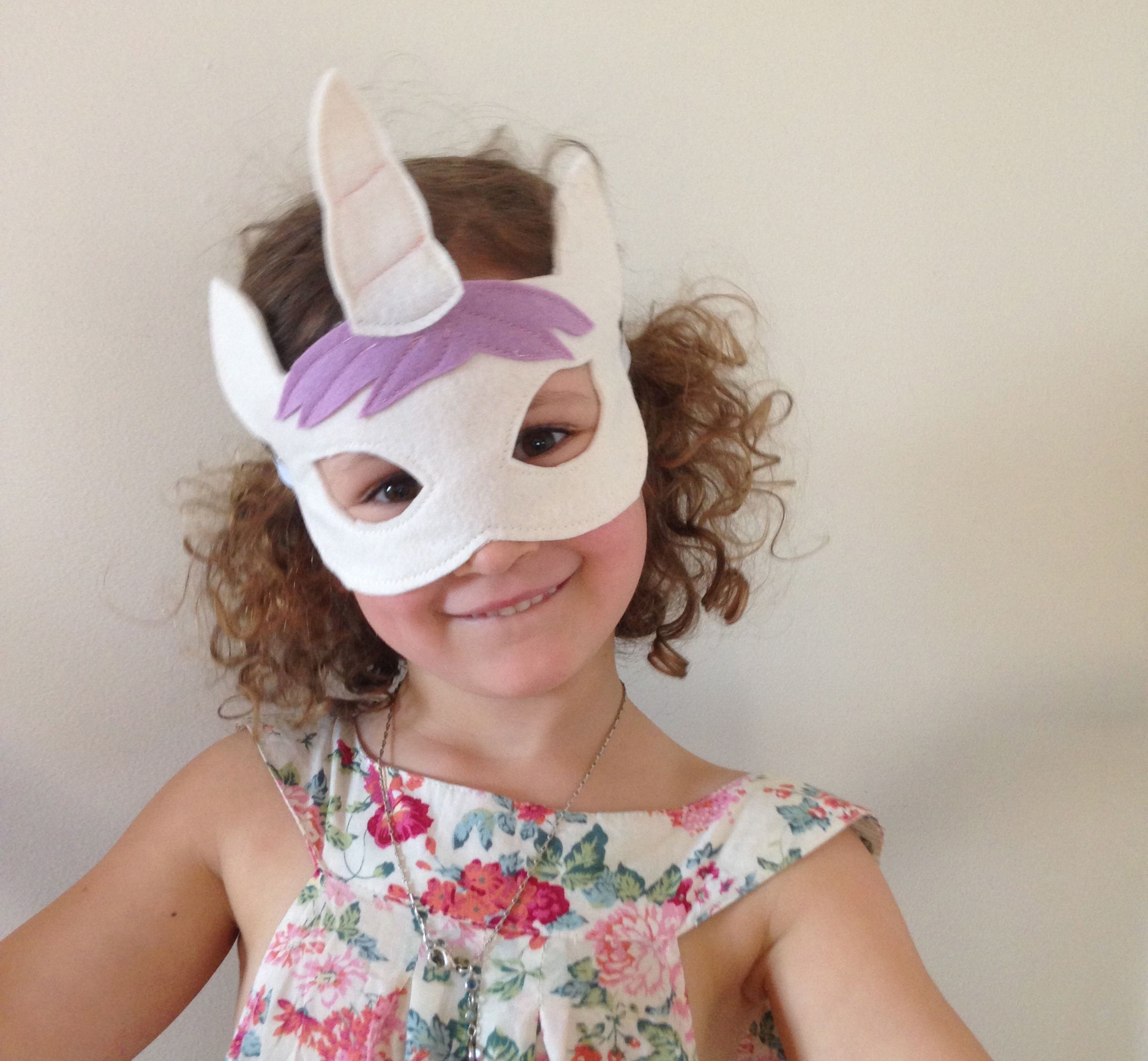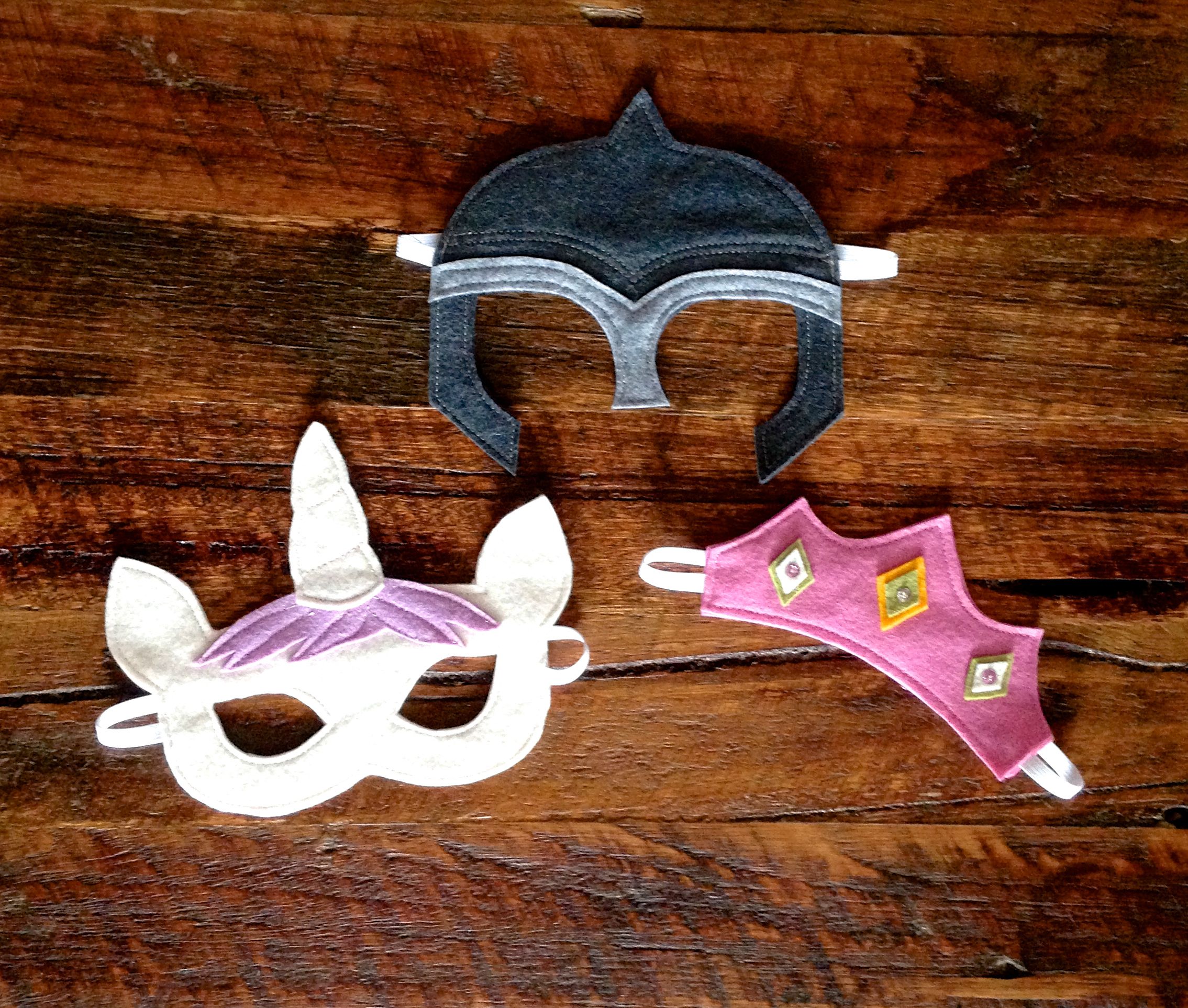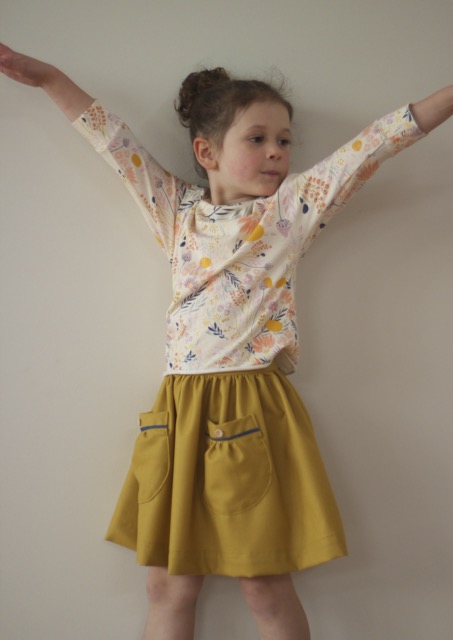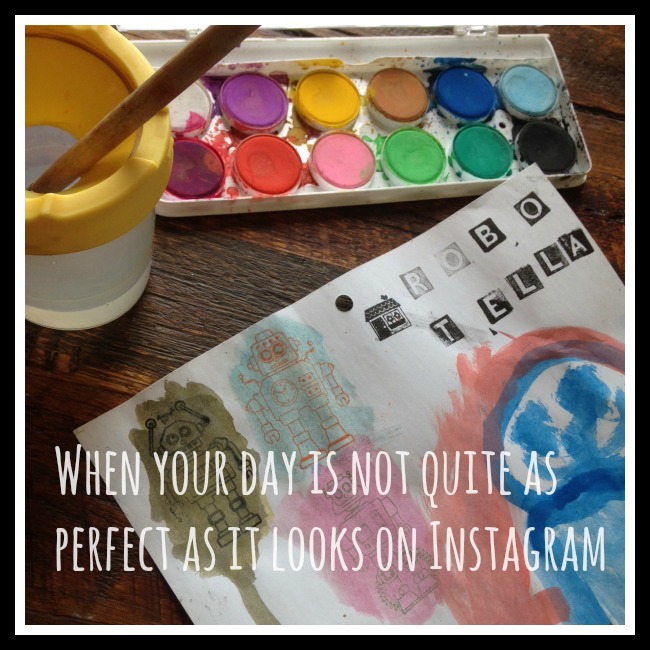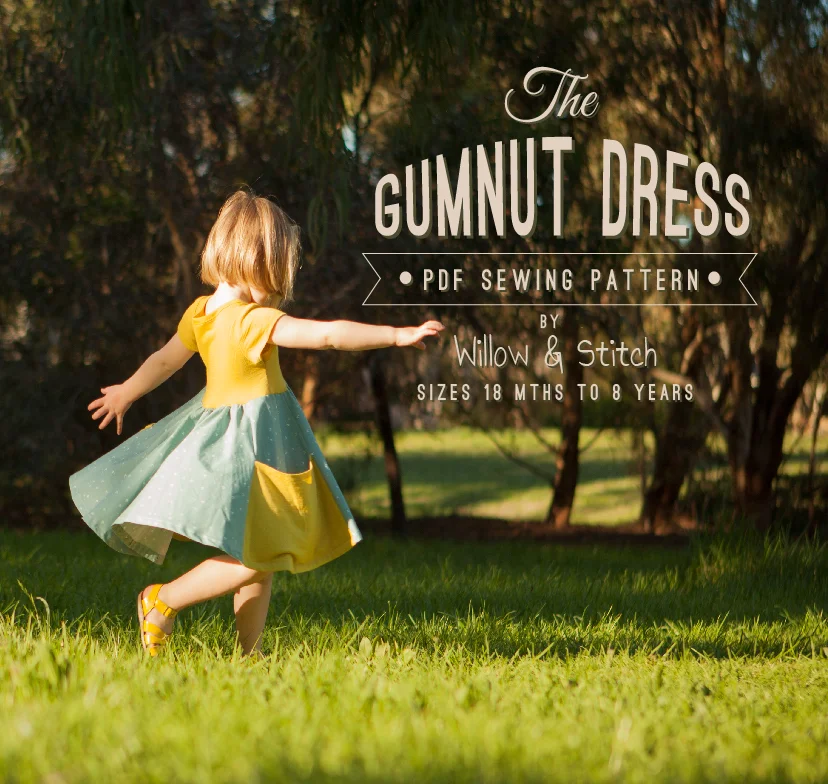Our Favourite Playdough Recipe
/Today was a playdough kind of day. Everyone was a little bit grumpy, everything was turning into an argument and we were on a downwards spiral. So we made playdough, and as is often the case, everything began to turn around. The kids love measuring out the ingredients, choosing colours and scents and kneeding the warm dough. The kneeding is like a kind of therapy, It slows your heart and deepens your breathing. And then of course there are the endless play possibilities.
This is our favourite playdough recipe. It's quick and easy and makes beautiful silky soft playdough which will keep for months in an airtight container.
Ingredients:
2 cups plain flour
1 cup salt
1 tablespoon cream of tartar
1 tablespoon of oil
2 cups of water
Add all the dry ingredients to a saucepan. Add the water and heat, stirring continuously until the mixture begins to thicken and pull away from the sides of the pan. It can get to be a pretty good arm workout but continue to heat and stir for another minute or so.
Tip contents out onto the work surface, allow to cool a little and kneed until smooth.
Variations
Colour: If you want to make only one colour, you can add a few drops of colouring to the water at the start. If you want to make a couple of different colours then add the colouring to the dough once it has cooked and you have portioned it.
Scent: I love adding essences to playdough to make it a truly sensory experience. This time we added a teaspoon of coconut essence, but try adding lavender oil for a calming experience, or a tablespoon of coco powder (although that does increase the chance that the little ones are going to try to eat it!)
Sparkles: Add a tablespoon of glitter to the dough. Ella's favourite version of playdough is blue with silver sparkles - unsurprisingly she calls it 'Elsa playdough'.
Do you have a favourite playdough recipe? Do you go for a cooked or no cook recipe? Have any fun variations?

